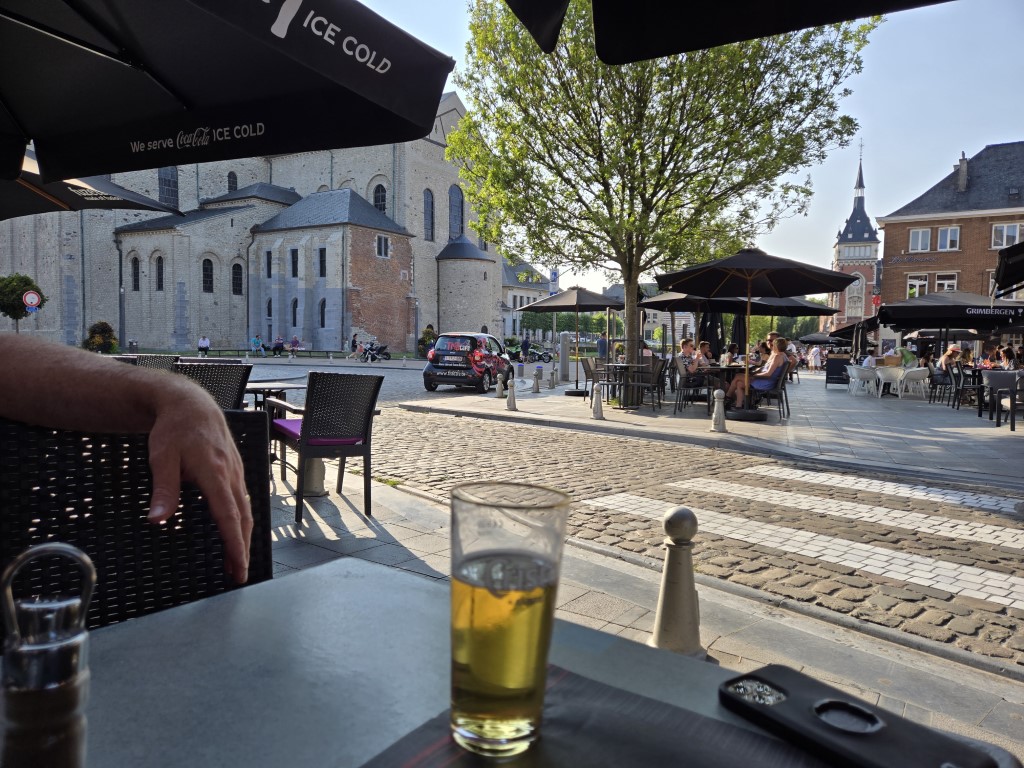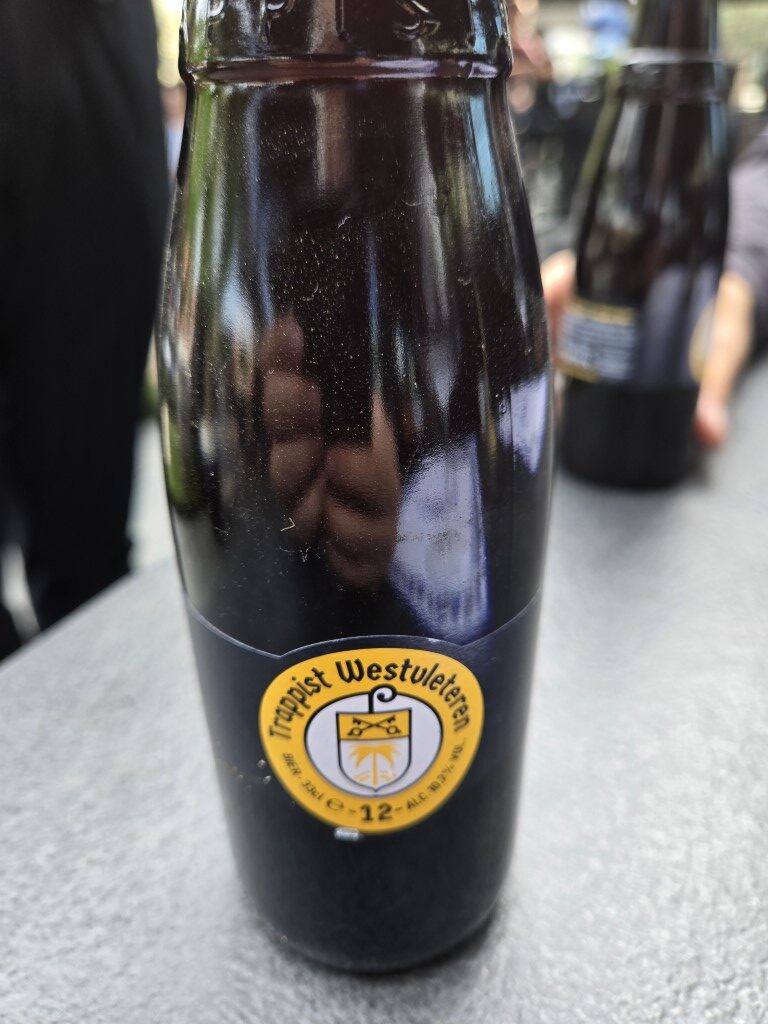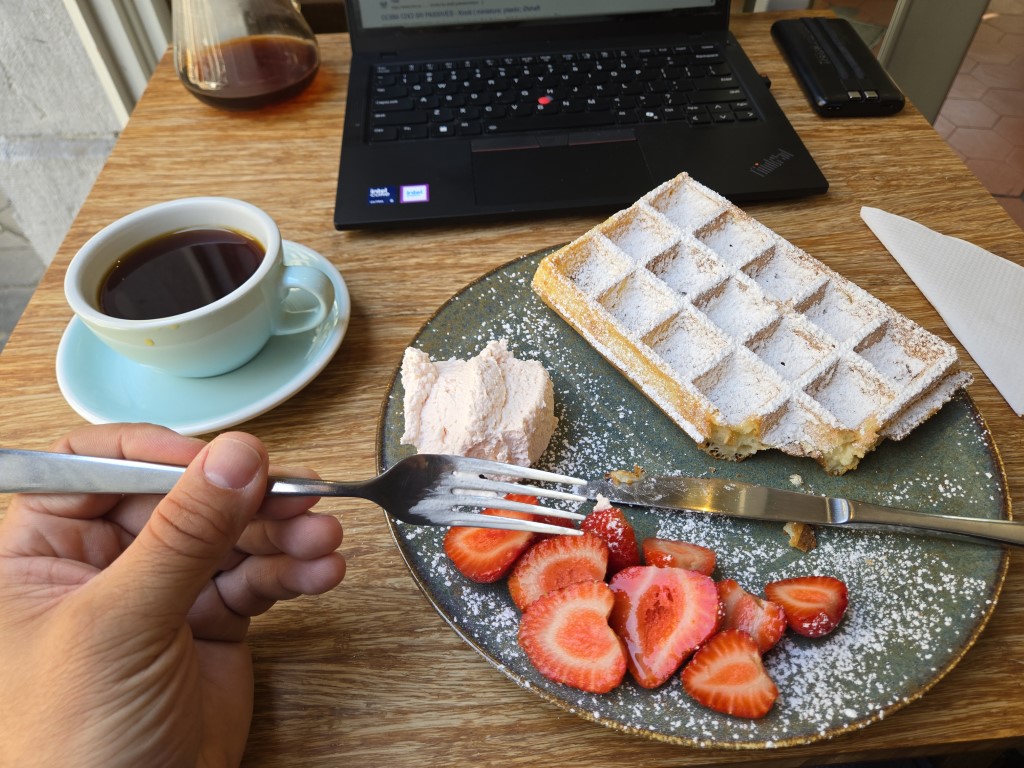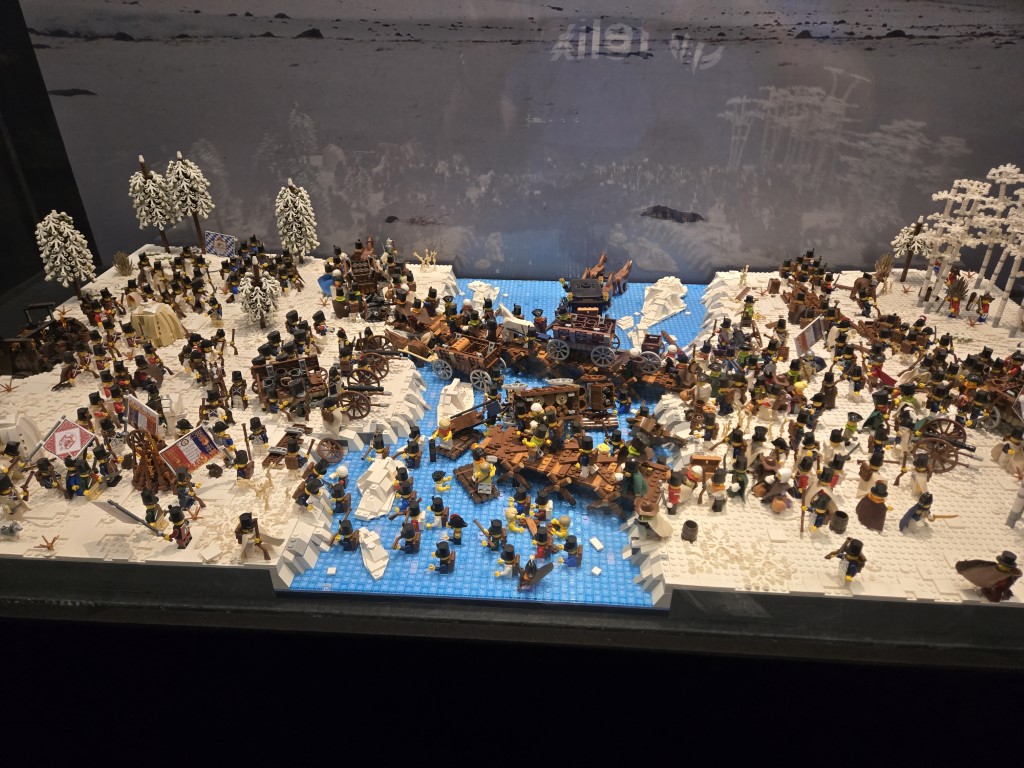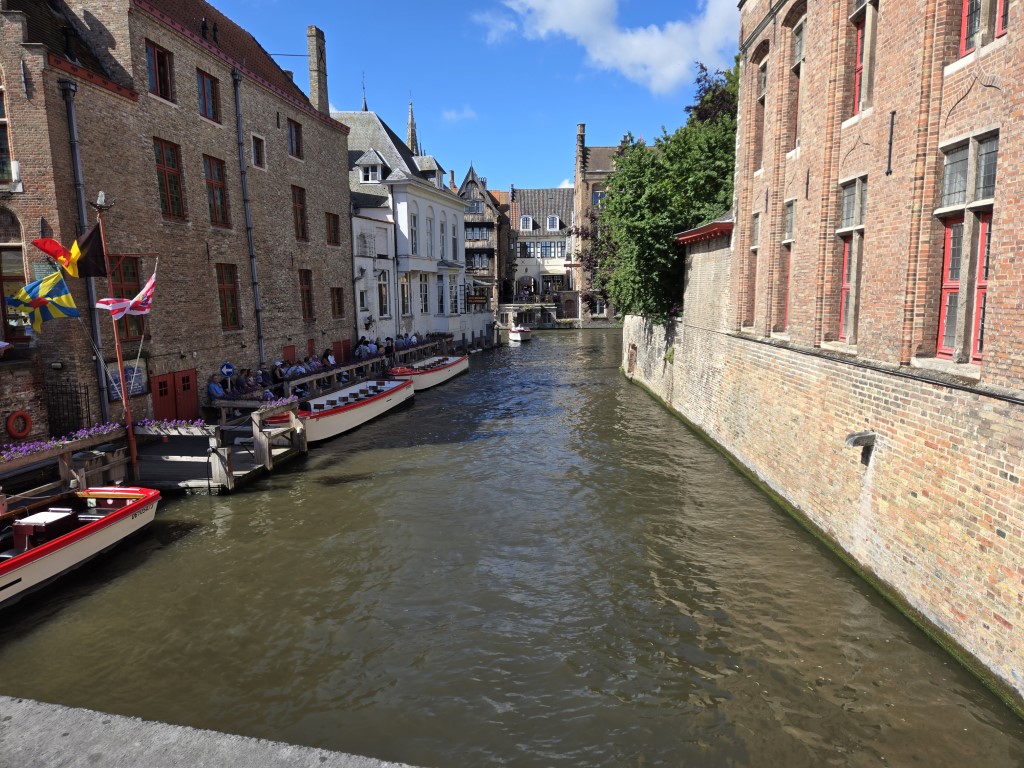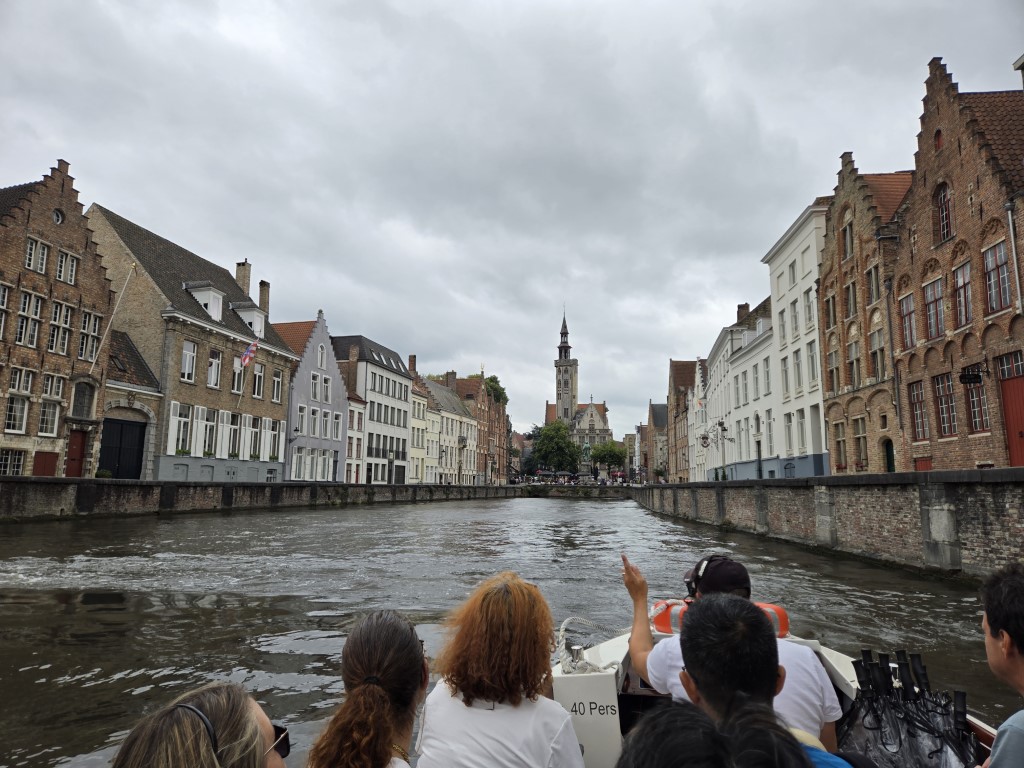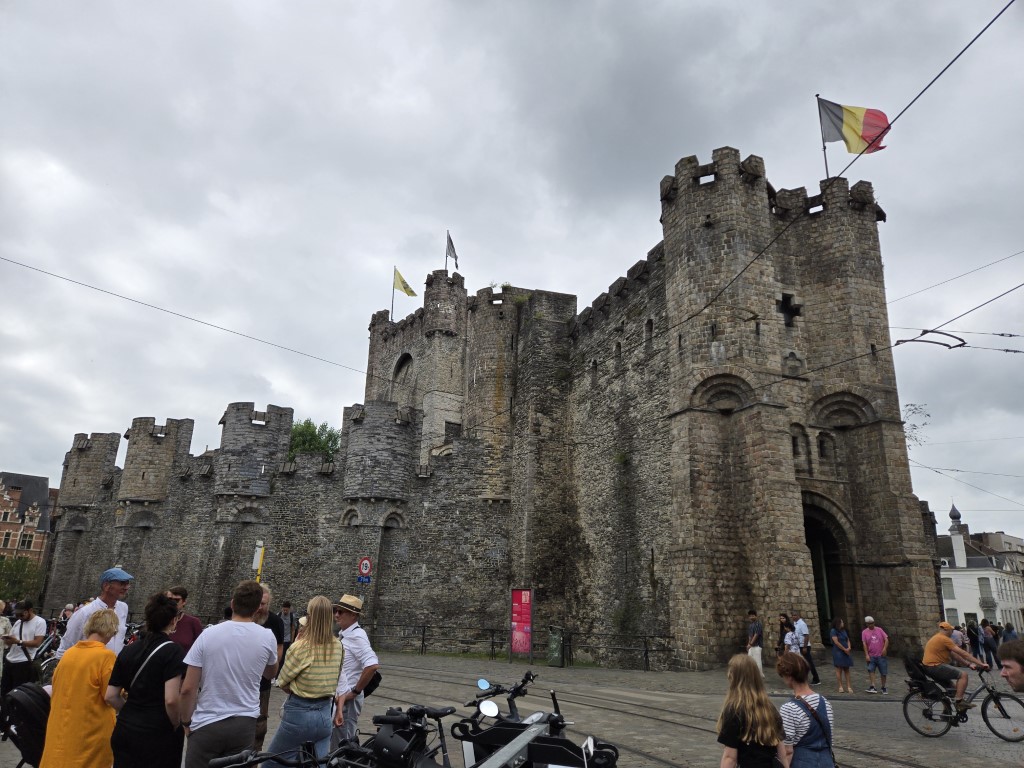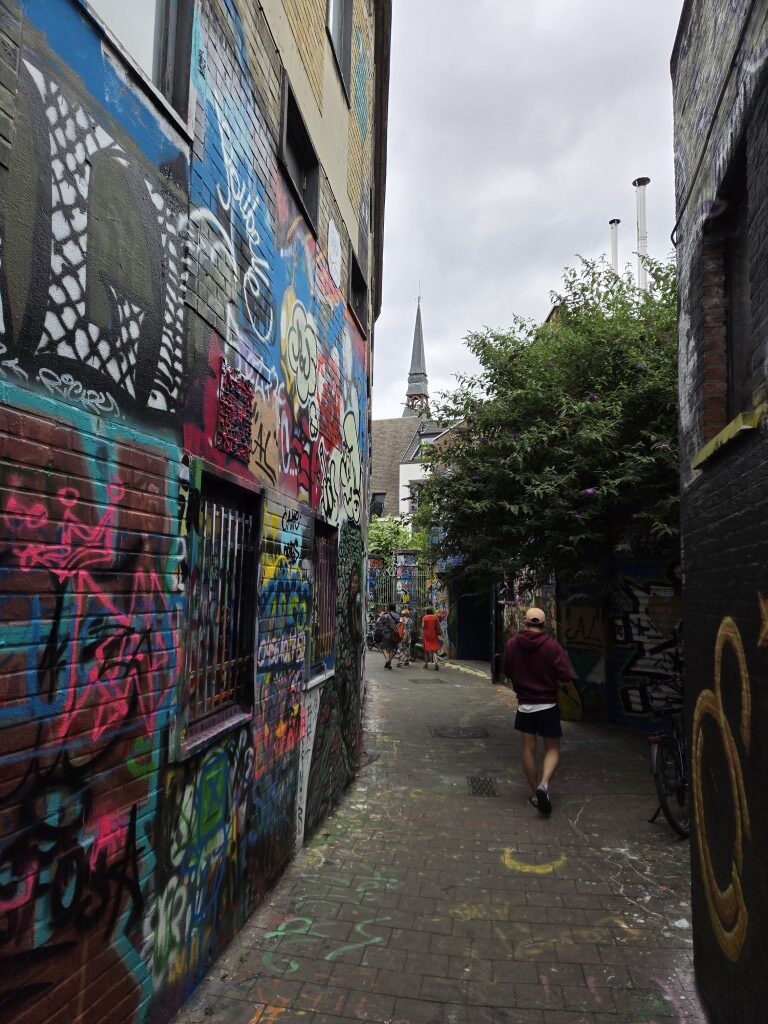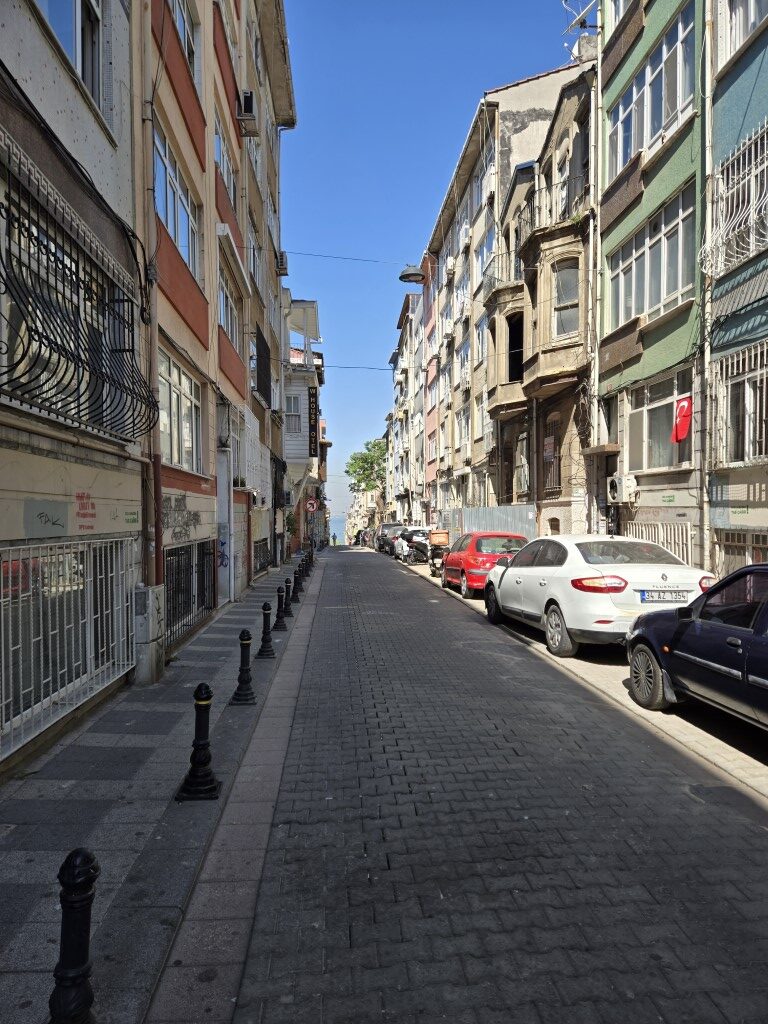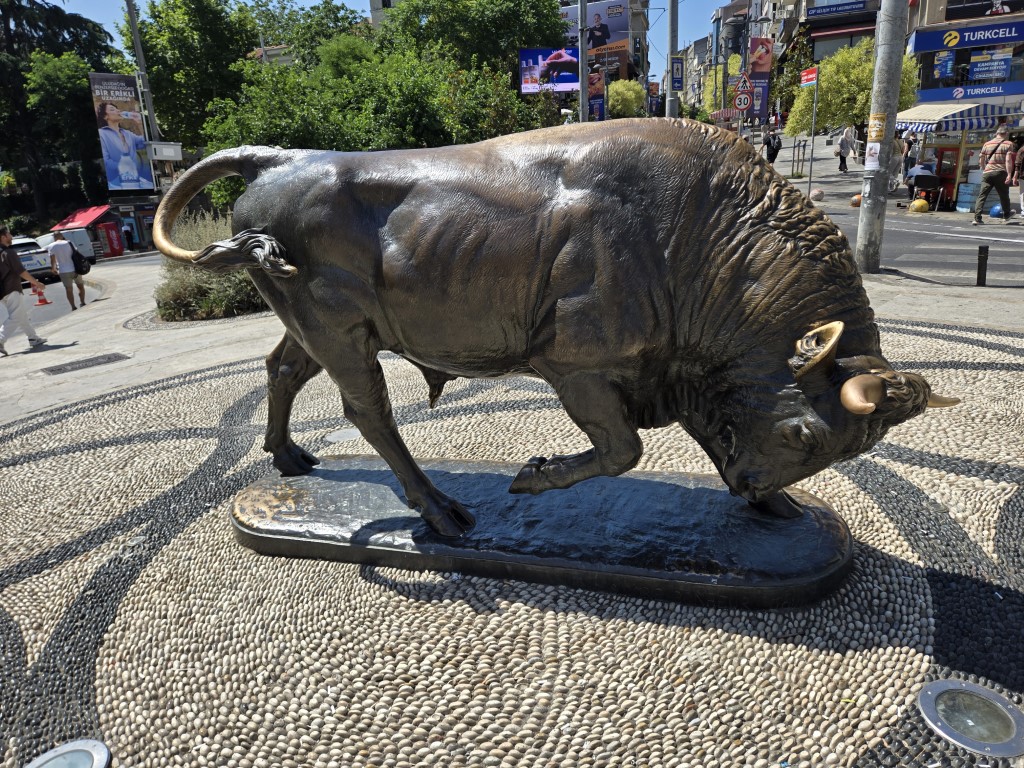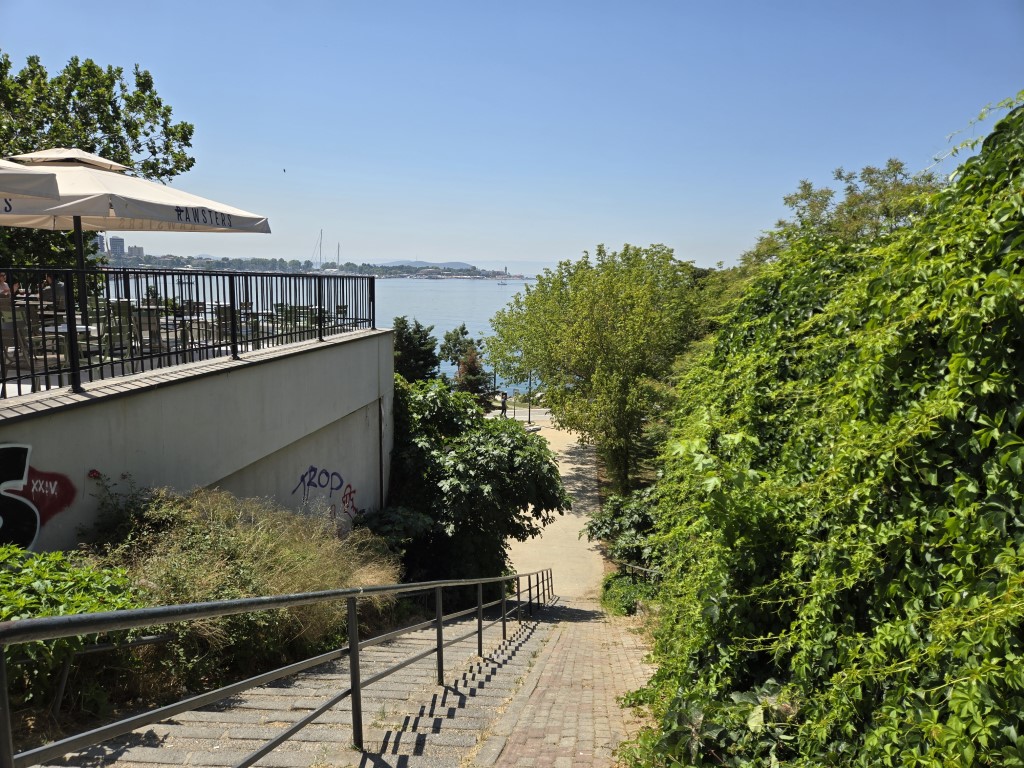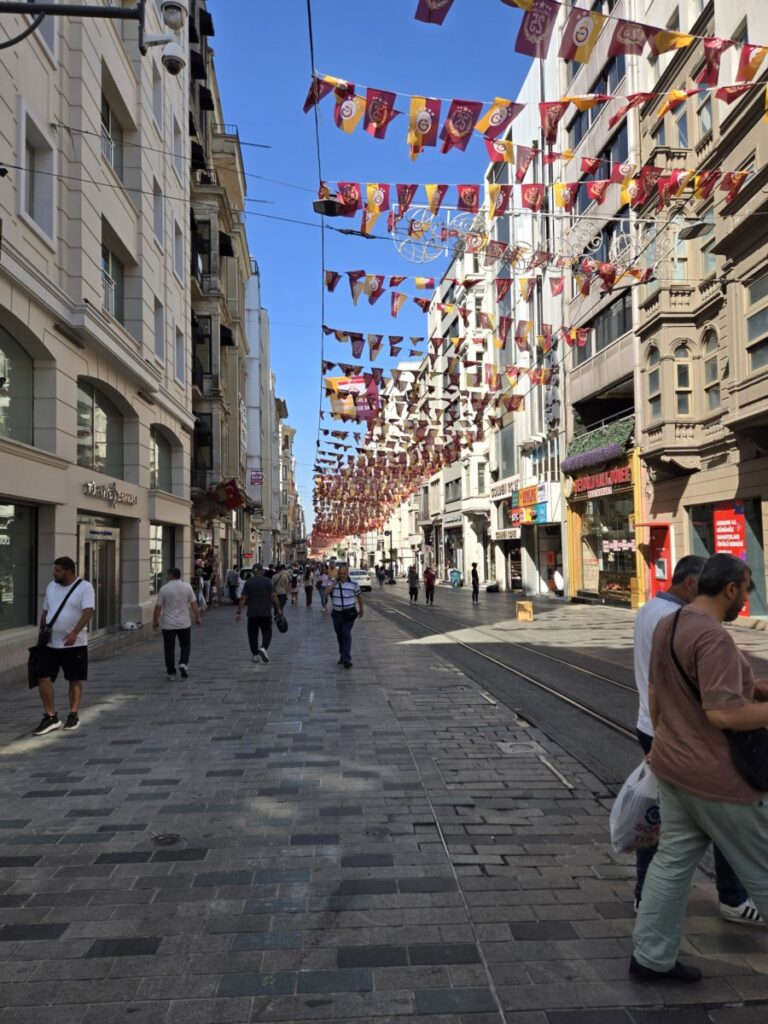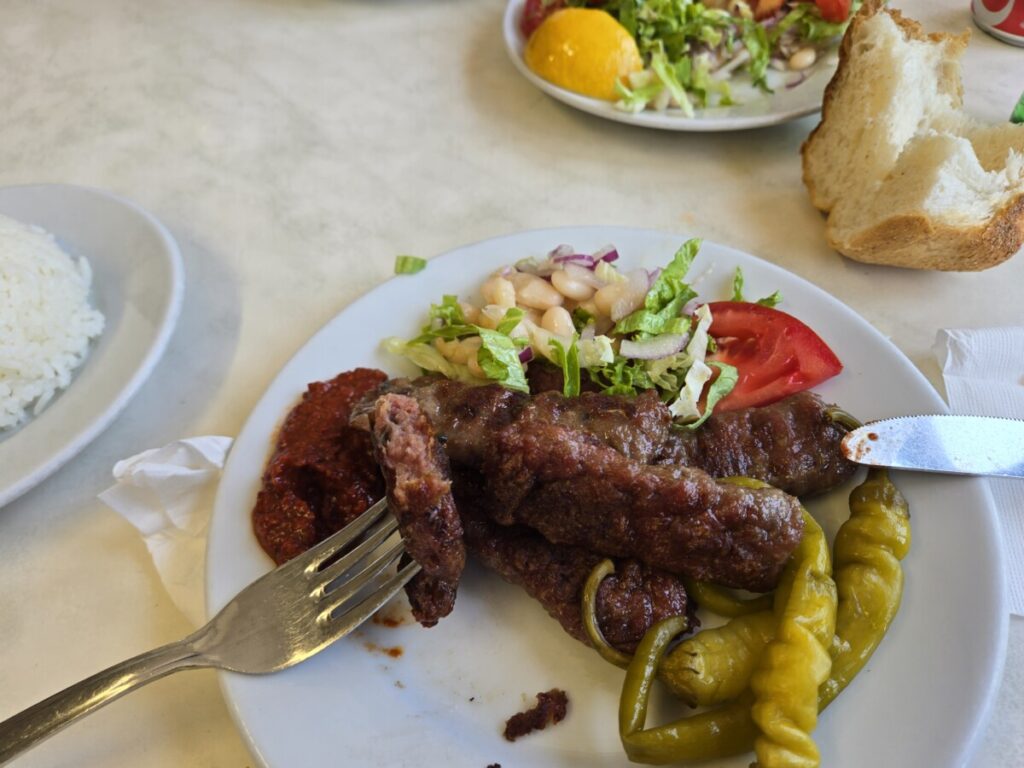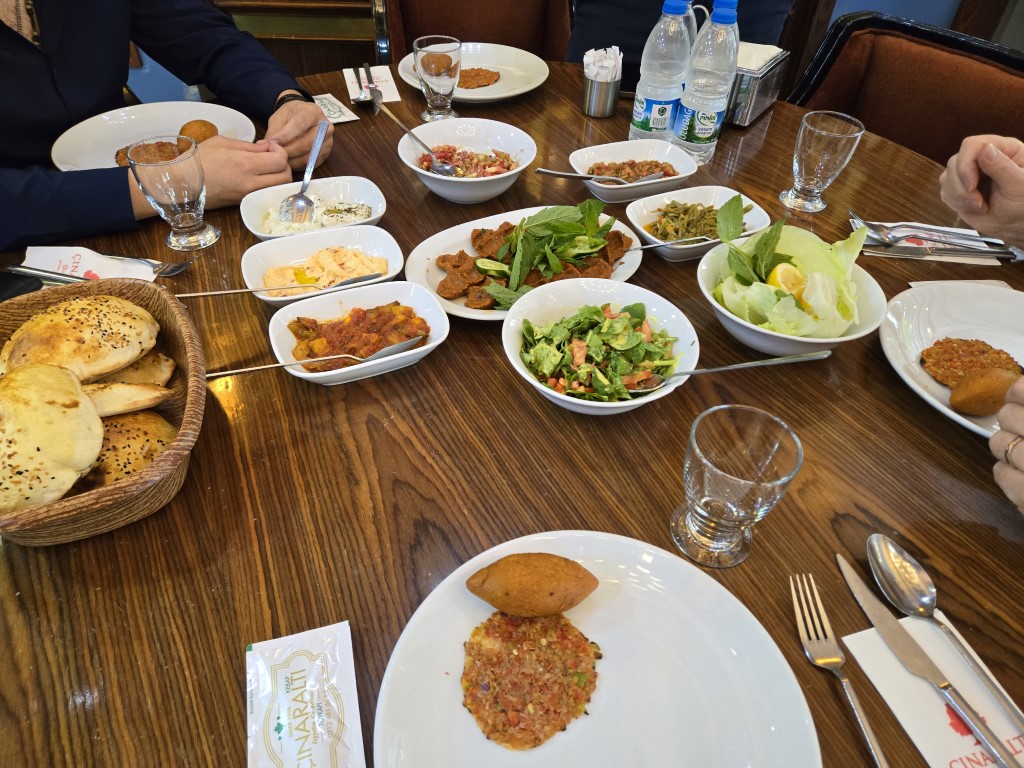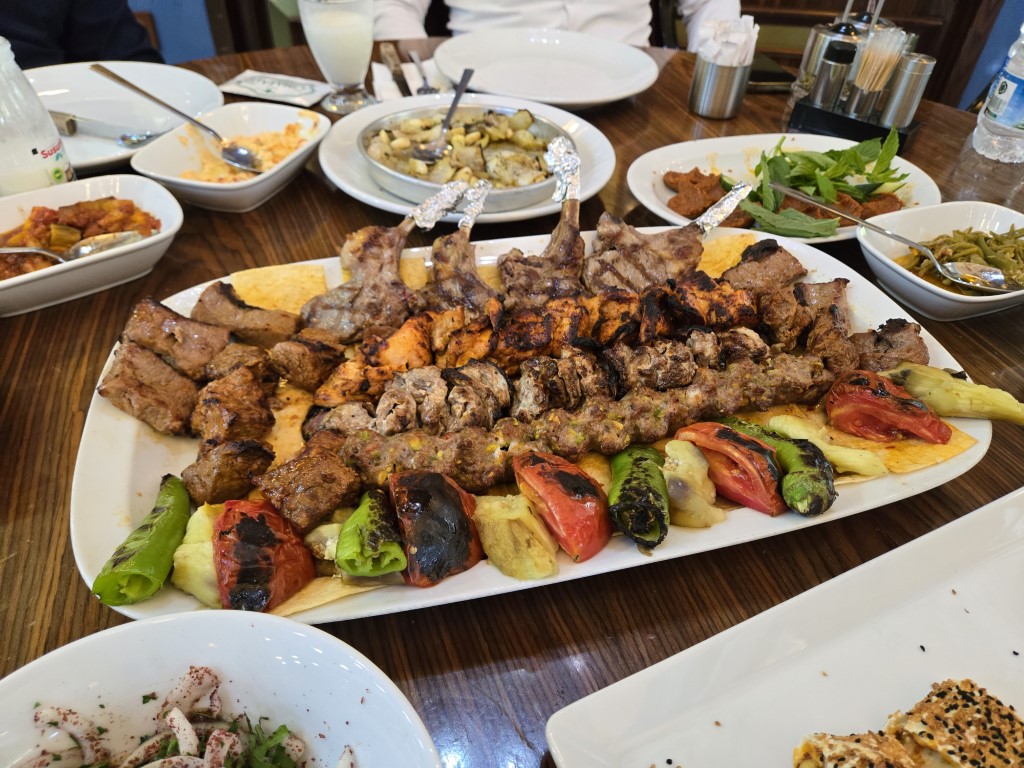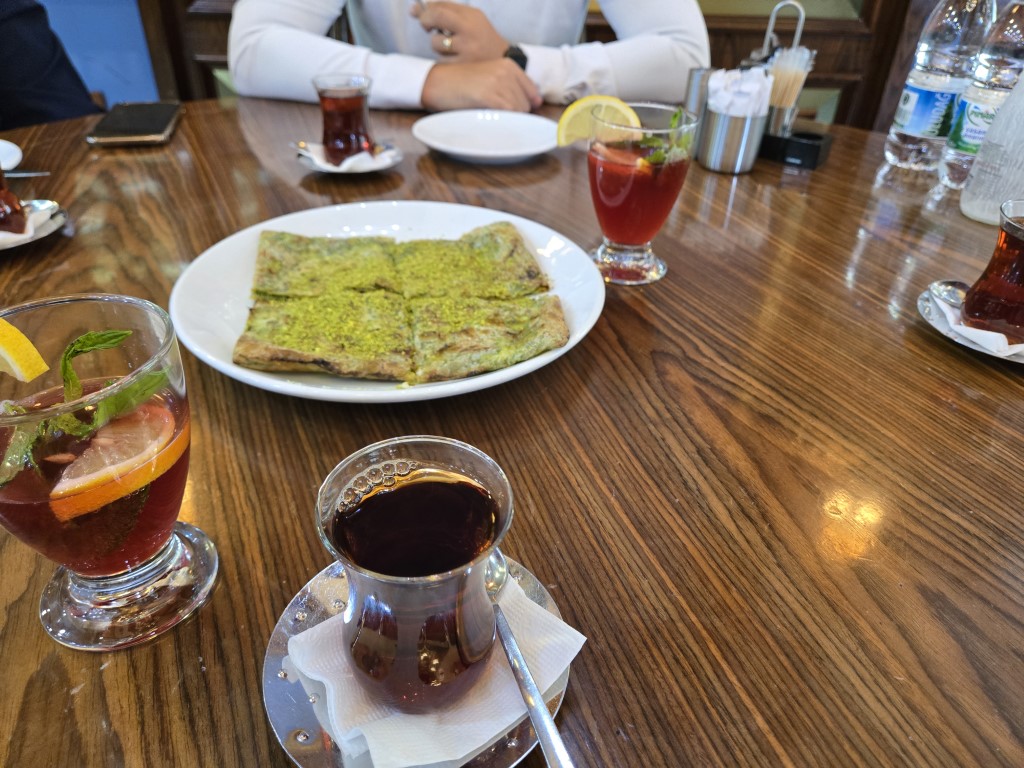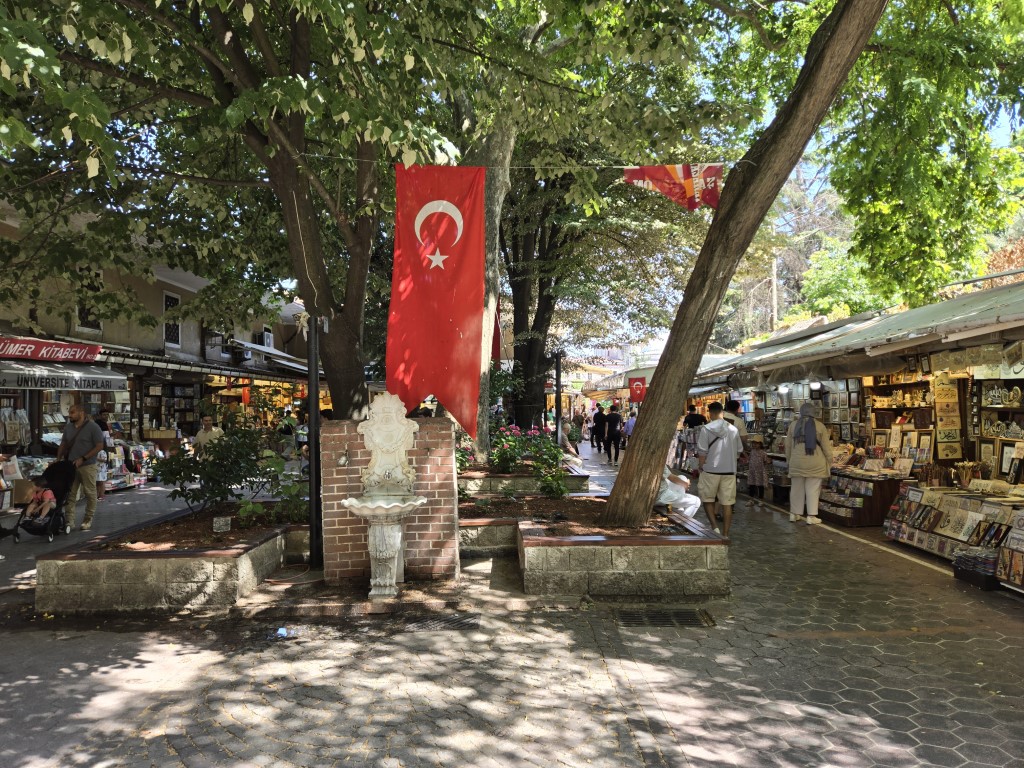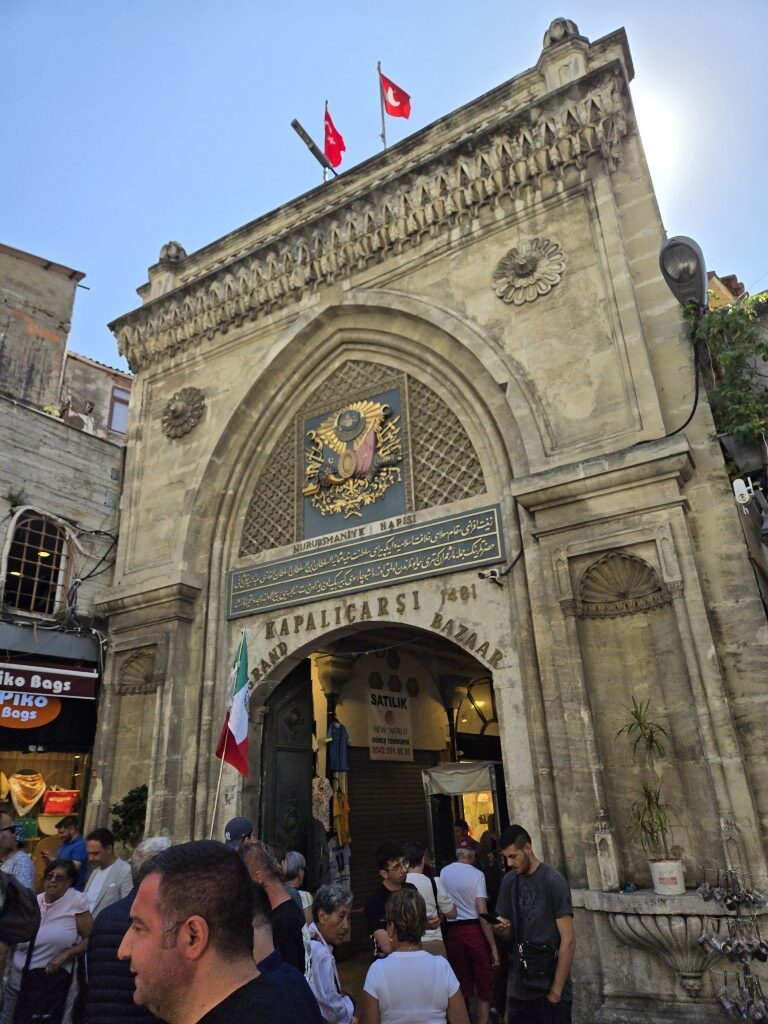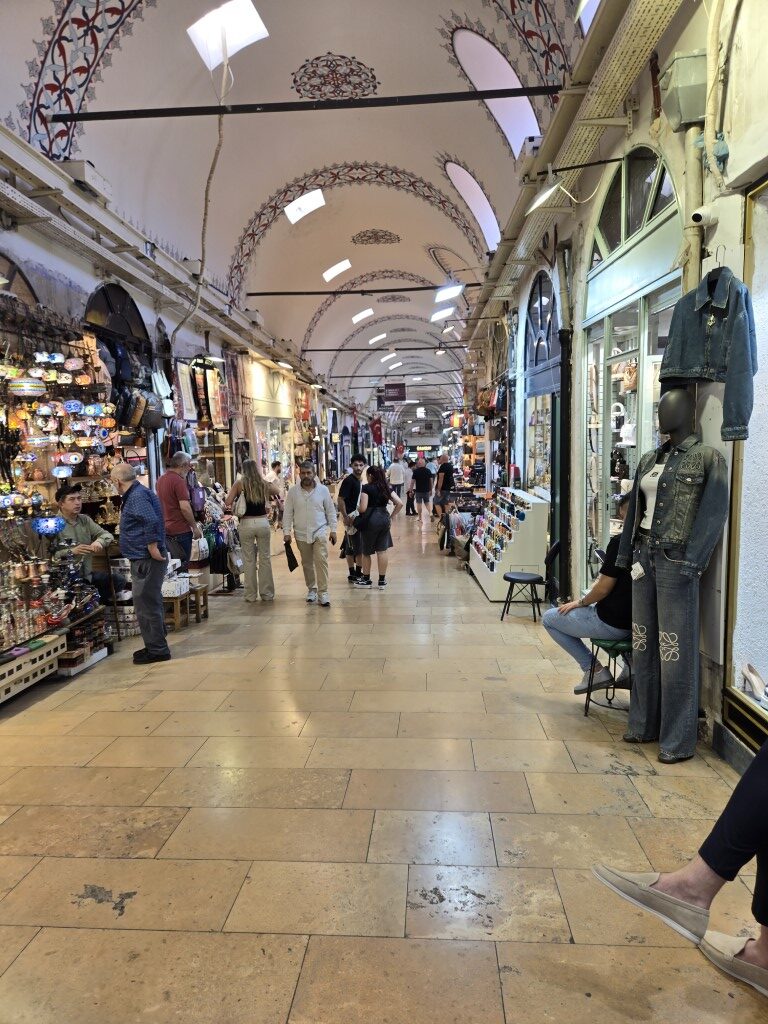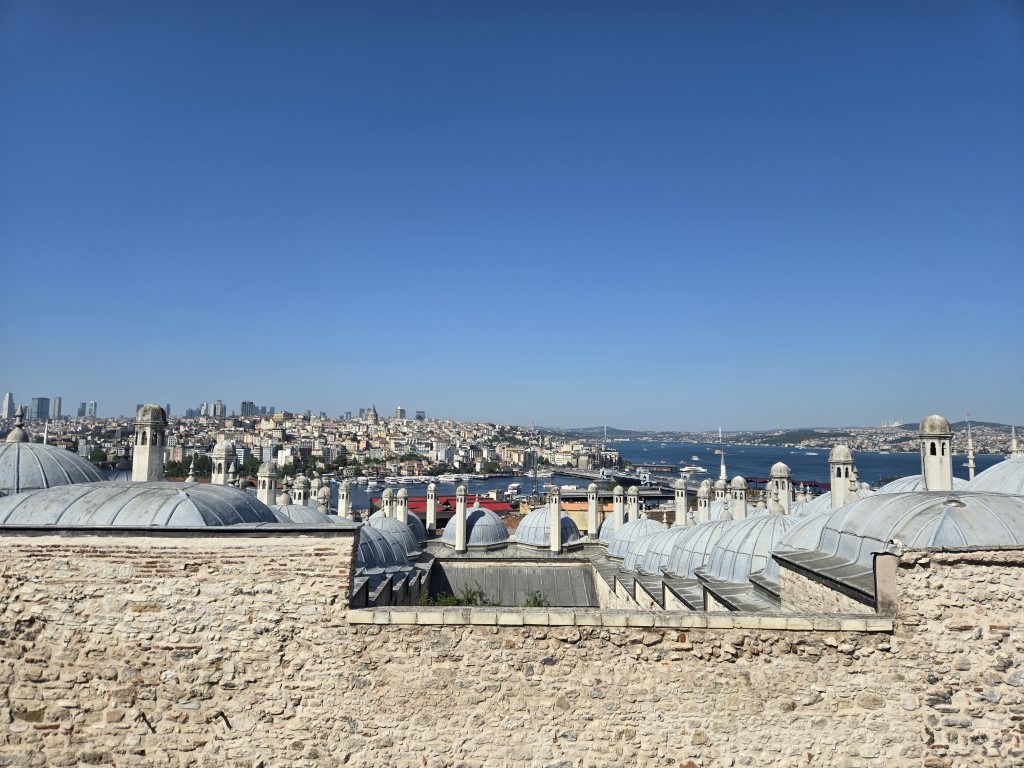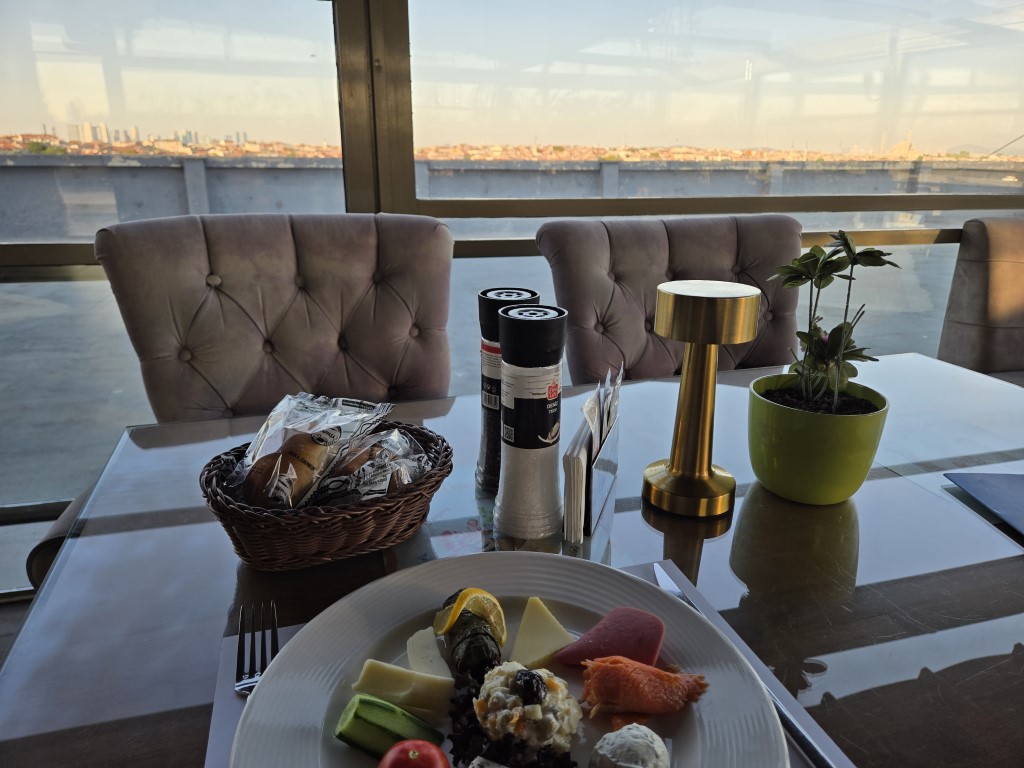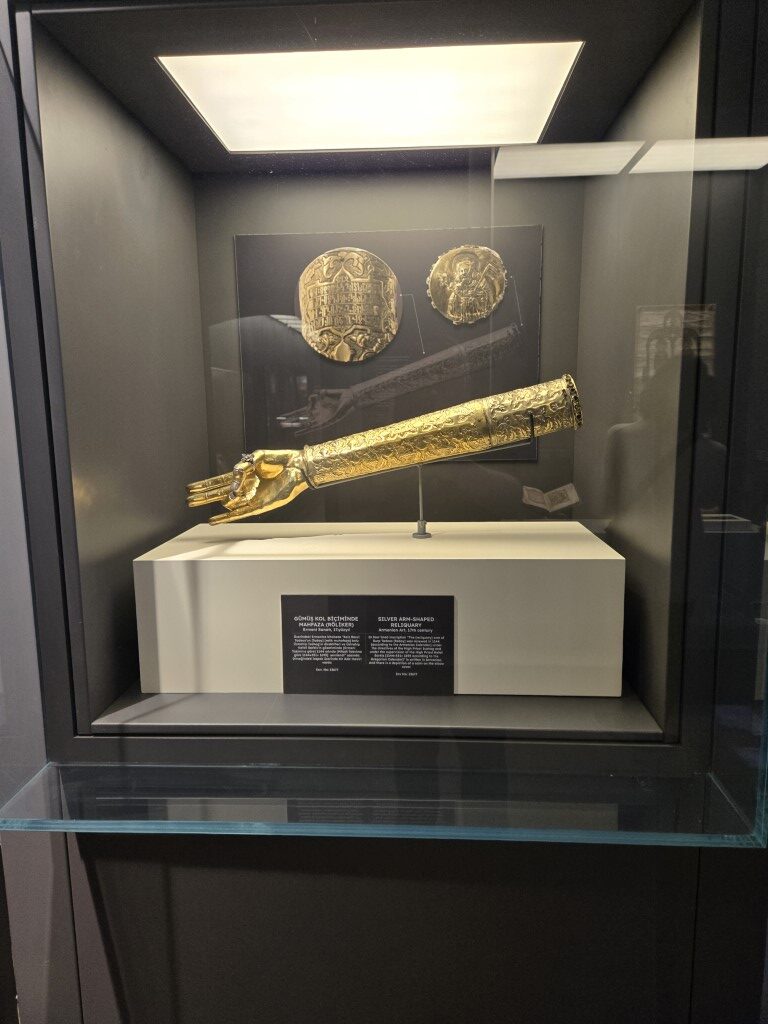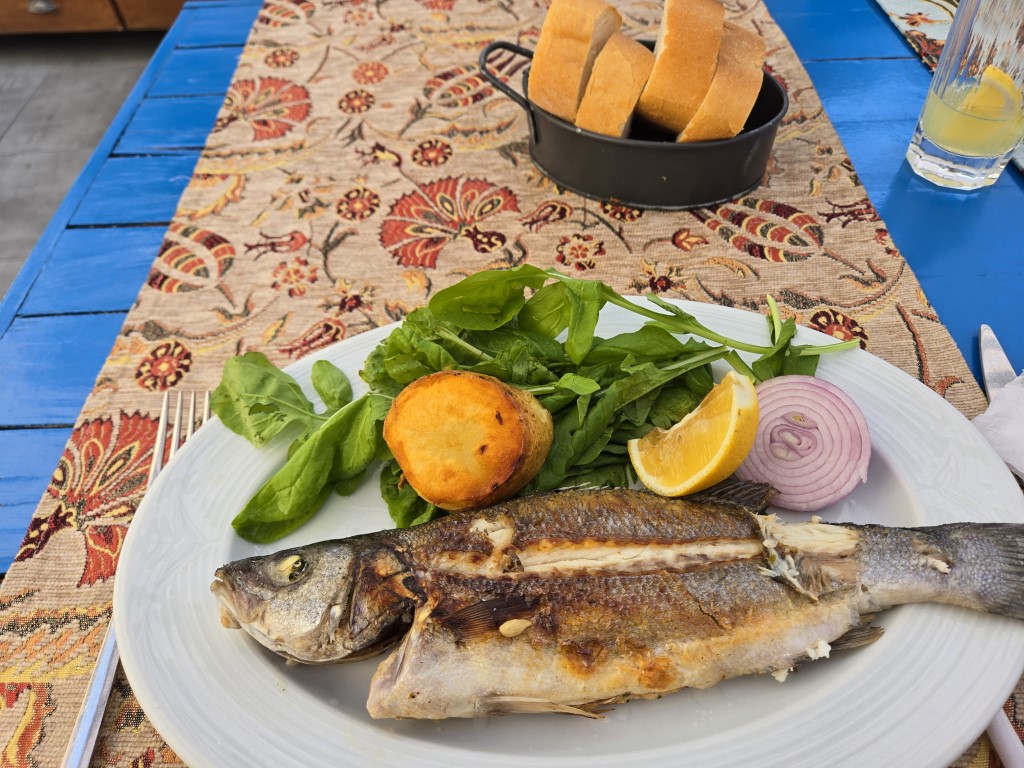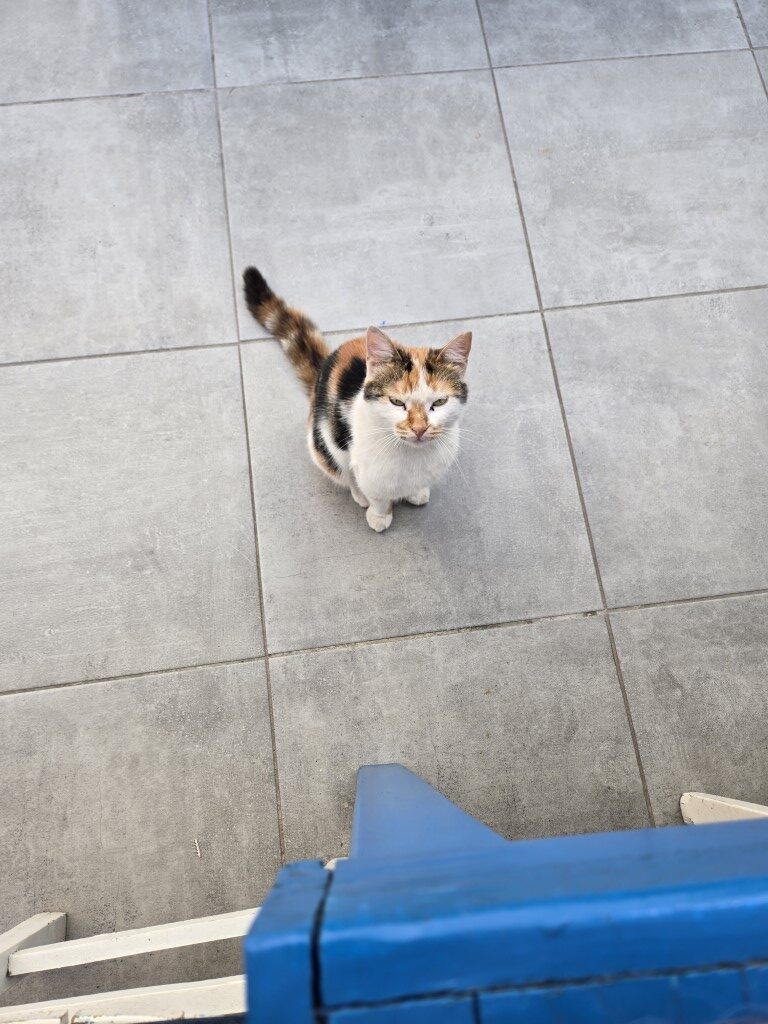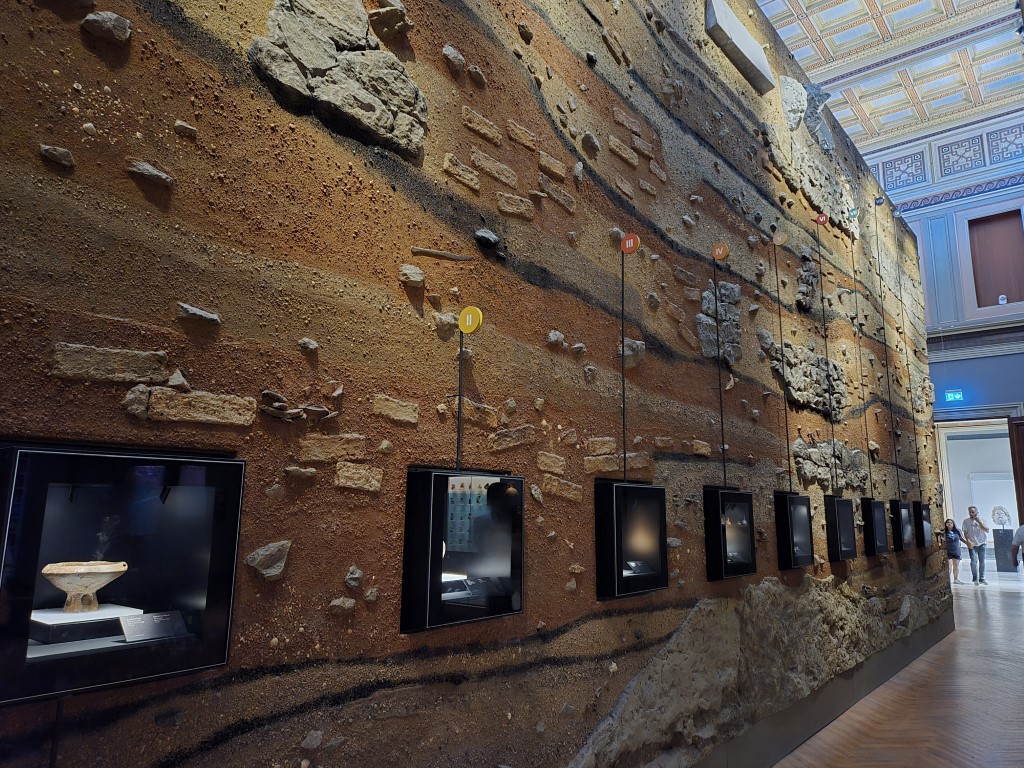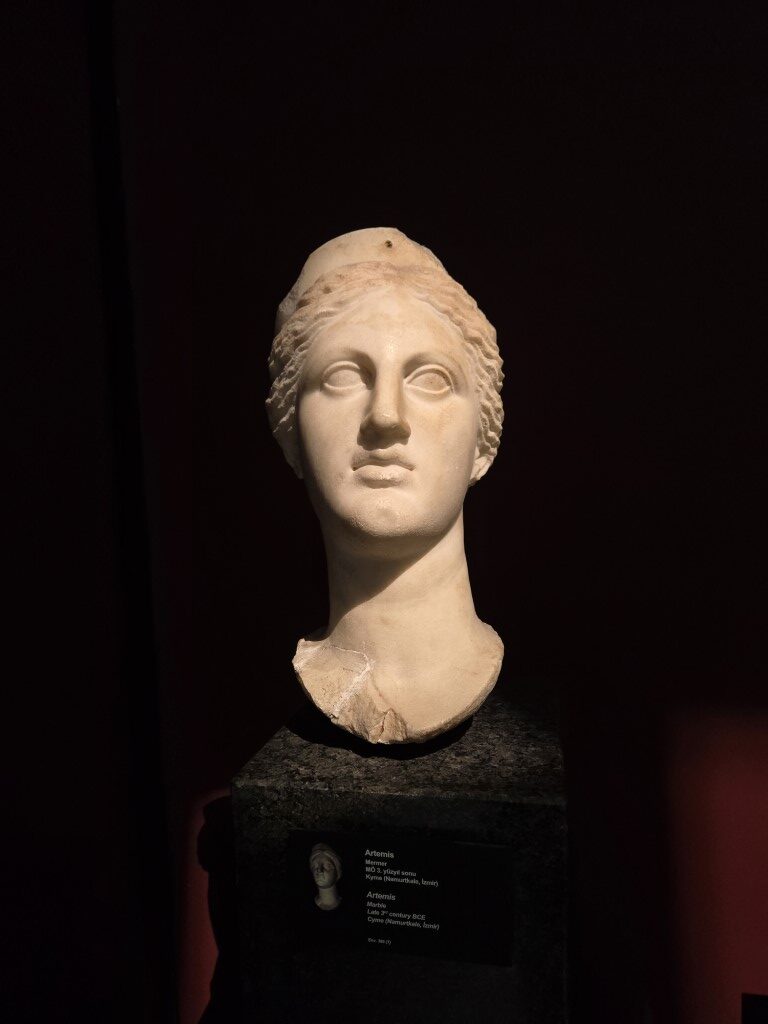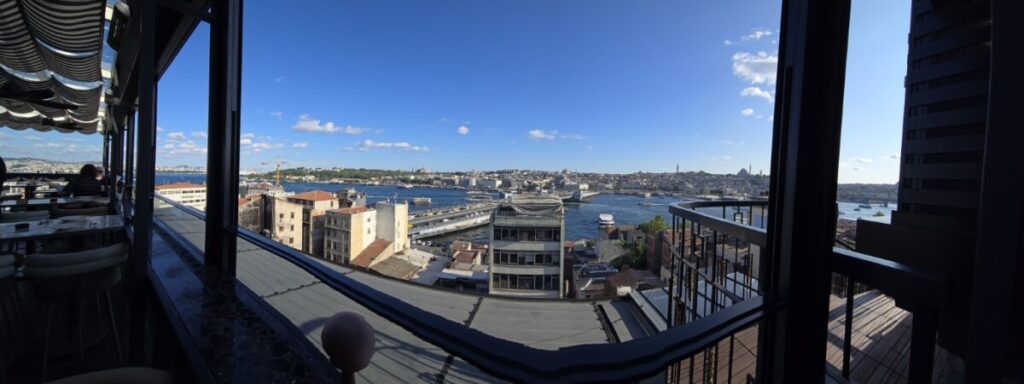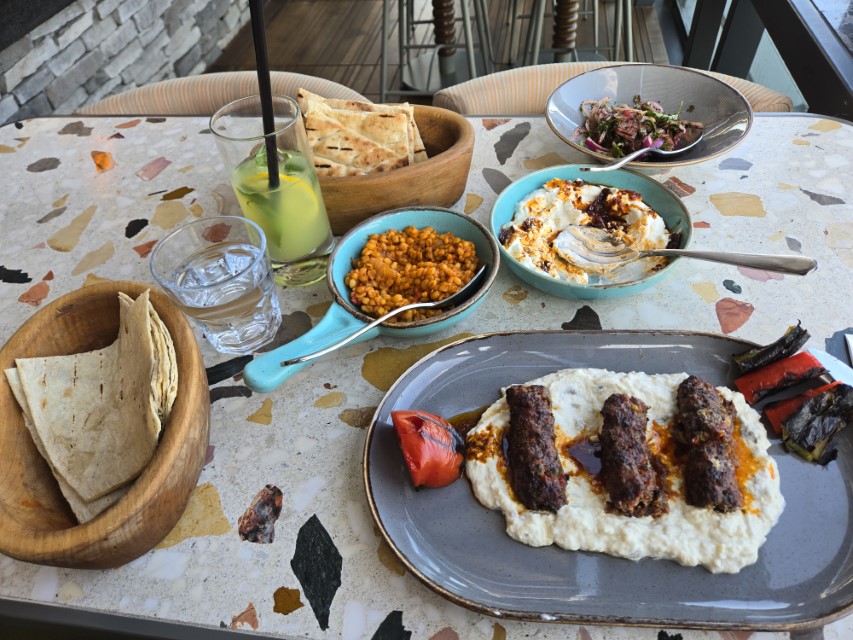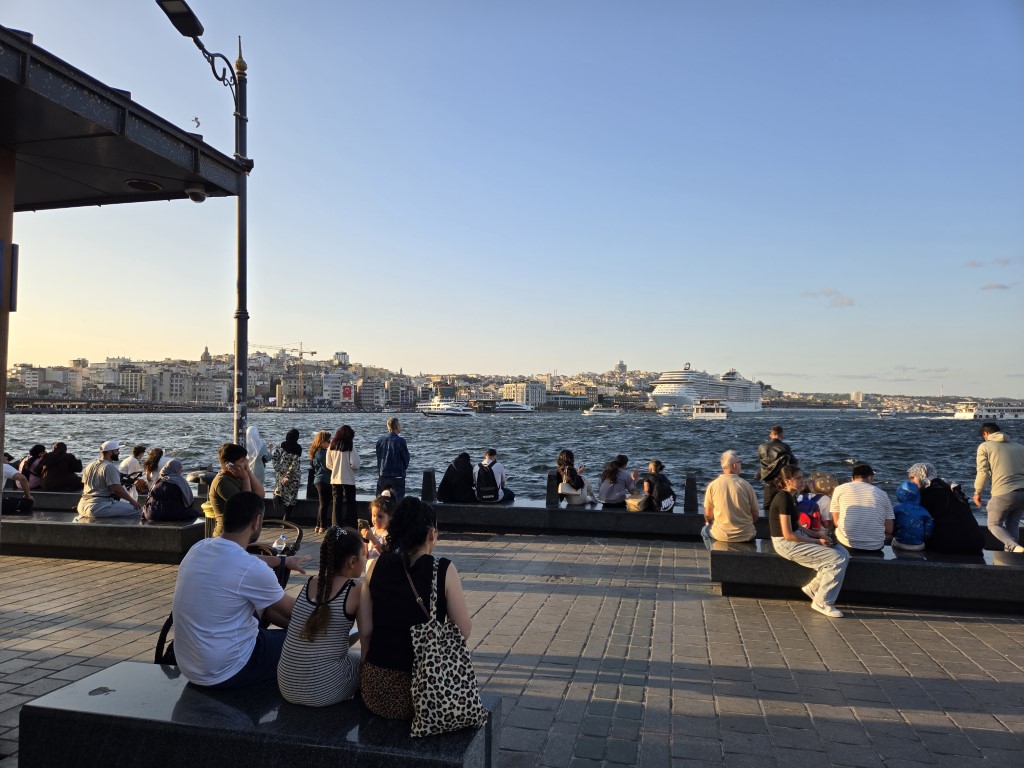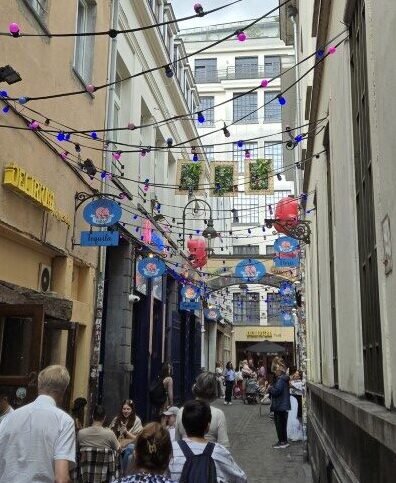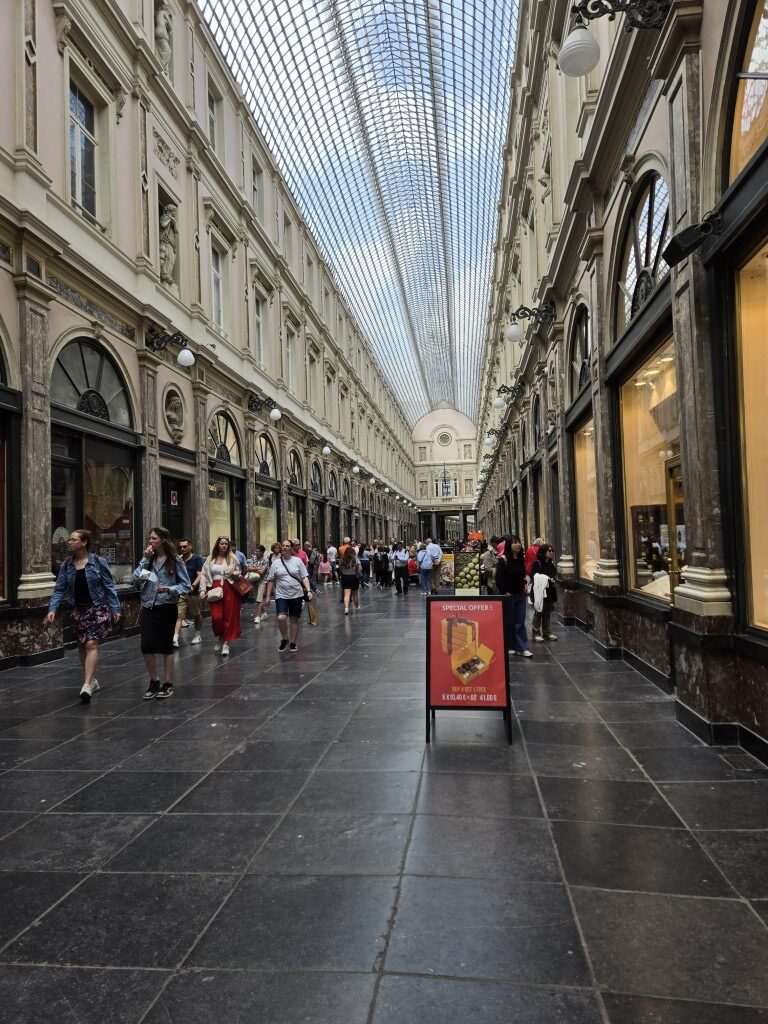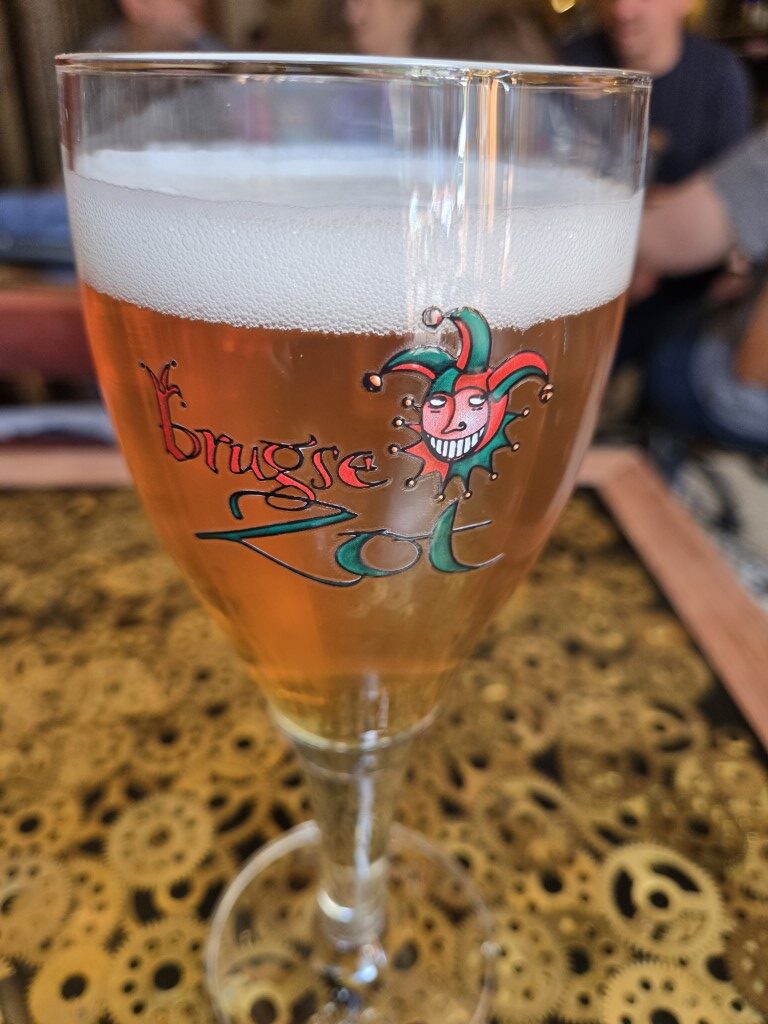Before moving on to describe the rest of the trip, here’s some other highlights of the two weeks I spent in Belgium. During the day, other Dan and I worked on installing two of our company’s systems at a nuclear pharmacy on the outskirts of a tiny Belgian town called Seneffe.
How small? I’m not sure it even HAD a hotel, which is why we were staying in the neighboring, slightly larger town of Nivelles. The nearest LARGE town to us was Charleroi, and I’m actually sort of glad we weren’t staying there, since if you search for it on YoutTube, you get a bunch of videos with titles like “I Visited the Most Depressing City in Europe.”
We never actually went there.
Nivelles itself has a very pretty town square with a 12th century cathedral and a number of little brasseries around the outside. We ate dinner on this square more than once, and it was nice seeing everyone out enjoying the weather.
This being Belgium, I did have mussels while we were there, of course. But it turns out Nivelles also has a local specialty, the “Tart Djote”. “Djote” turns out to be the local word for “Chard”, so this is a vegetable pie in a short crust, which consists of not much more than chard, cheese, and butter. (Why are the first syllables of “chard” and “cheese” so different? English is weird.)
Nivelles takes this dish so seriously that they have an annual competition, featuring a select panel of judges with detailed criteria for judging the perfect tart. Here’s the official tarte djote website.
I had one – it was pretty good. Also AMAZINGLY filling – I couldn’t eat more than half at one sitting. Neither could other Dan’s mom.
The other thing I of course had plenty of in Belgium is beer. Highlights:
- the first beer in my room was a Belgian tripel recommended by one of the staff at the pharmacy. Very good, AND I learned how to open a beer bottle with a strike plate.
- Deciding just because I COULD do that didn’t make it a good idea, I acquired a bottle opener and some LOCAL beers from the nearby supermarket. They were fine, but I need to be more careful about not accidentally buying pale ales when I don’t want them.
- Lots of beers in restaurants, ALWAYS served in the correct glass for the brewery.
- A cherry beer called…
Wait, what the hell am I talking about. There was only one beer highlight, and it was this:
Some fraction of the readers’ jaws are now dropping, and for everyone else, I will explain. Westvletteren 12 is one of the most difficult beers in the world to acquire. It is made at ONE monastery in Belgium, and they only make enough to pay their bills. It doesn’t get exported or distributed – if a restaurant wants to offer it, they have to send someone to the monastery to buy it, where they will be permitted to buy a single case, and that’s all.
We had dinner on the hotel restaurant during the first week, and I was perusing the prices on the beer list, which were, of course, at hotel restaurant prices: 7 euros, 8 euros, 7 euros, 9 euros, 25 euros…
Wait, what?
This hotel actually has Westvlettern on the menu? I mean, sure, it’s about $40 for a 375 cl bottle, but how many times in my life am I going to get to try this beer?
Unbelievably, this makes two.
I didn’t start drinking until I was 40 years old, for a variety of reasons, and for the first few months I was very cautious in my consumption – only one beer at a time, and only in public with friends. Which meant that for something like five months after I started, I had never actually had a bottled beer – just draft.
I was in grad school at this point, and at some point I went to a retirement party for someone from the lab where I was doing my PhD. My wife came along and ended up sitting next to the lab manager. She didn’t know any more about accelerator physics than what I had inflicted on her, and he didn’t know anything about music theory… so they talked about beer.
Apparently he asked if she had ever tried this incredibly rare Belgian beer, and she said, no, no one has ever tried that beer. “Oh, I’ve got some in my basement, I’ll give you one.” She did not, of course, believe this for a second.
And one appeared on my desk the next day.
And that’s how the first beer I ever tried out of a bottle was Westvletteren 12.
Getting back to the main not-actually-linear narrative, the other place we visited were an evening in the nearby town of Namur, which has a very nice castle. You should go see it.
Finally, at the end of the trip I took the train back up to Brussels to continue on my way and had a few hours to spend near the train station, which is where I learned the difference between a Belgian Waffle and a Brussels Waffle. Belgian waffles are chewier and irregularly shaped. Brussels Waffles are thinner and lighter and square-er.
This one was also served in a very nice hipster coffee shop with a Chemex of probably the best coffee I had all trip. And then it was off to Paris!

